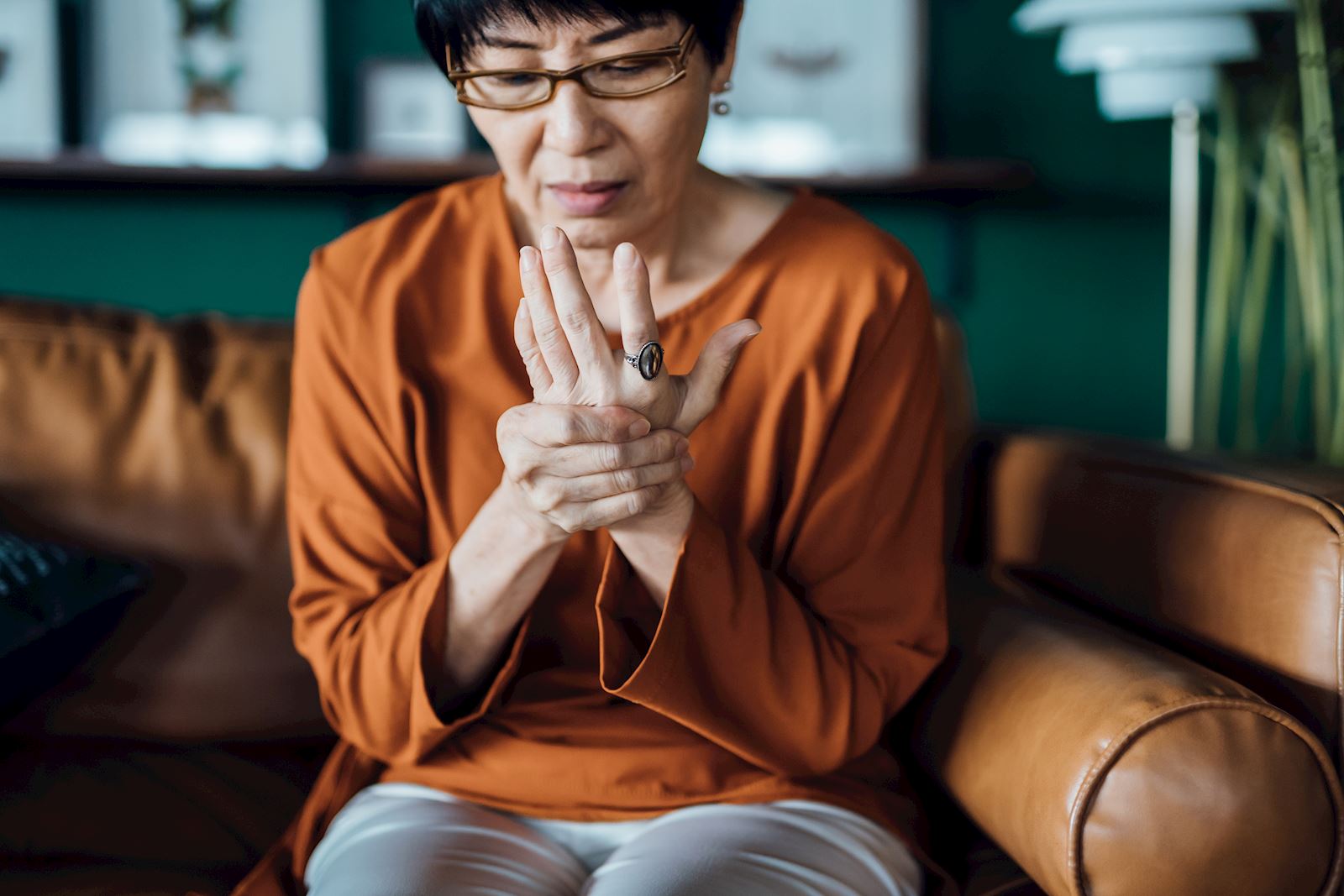Of the 10 million Americans who have osteoporosis, 80% are women. Do a little math and you’ll find that there’s a one in four chance you’ll be one of them after turning 65.
That's a high risk for a disease that increases health risks as you age. Osteoporosis makes you more fragile, and more likely to fracture or break a bone — even during simple, everyday activities. And those injuries can reduce your mobility and quality of life throughout your senior years.
Osteoporosis is Not Just for Older Women.
Women are more commonly affected by osteoporosis, particularly postmenopausal women over the age of 65. However, medications and other medical conditions can predispose people to bone density loss, making this condition relevant even to younger individuals. Factors such as age, race, lifestyle choices, and medical history all play a role in determining your risk.
While womanhood gives you a 25% chance of having osteoporosis after the age of 65, these other factors can increase your chances as early as your 30s.
Many of these risk factors are out of your control. Medications and certain health conditions, in particular, can disrupt the natural balance of your bone system. Bones are constantly breaking down and rebuilding, with complex signal pathways allowing your brain to regulate how much bone is being produced or resorbed. When this process becomes imbalanced, bone mineral density decreases, increasing your risk of osteoporosis.
The bone system interacts with other organ systems, which means osteoporosis can stem from some unlikely sources. Some of these conditions include:
- Celiac disease – The small intestine has trouble absorbing nutrients, including calcium, an essential building block for your bones.
- Inflammatory bowel disease –A combination of the chronic inflammation of Crohn's disease or ulcerative colitis and the medications that manage it commonly cause the bones to lose mass.
- Menopause – Low estrogen levels lead to more bone resorption. Thus, the heightened risk for postmenopausal women.
- Asthma – Side effects of the anti-inflammatories and corticosteroids commonly used to manage asthma affect your body’s calcium absorption, bone formation and hormone production. Avoidance of asthma triggers and exercise further weakens your bones.
- COPD – Similar issues effect those with COPD. You can also suffer from vitamin D deficiency, which is another critical nutrient in bone production.
- Kidney disease – Damaged kidneys can’t keep up with their job of removing phosphorus, causing an imbalance of calcium and phosphorus that harms your bones.
- Liver disease – The liver is another organ that, when damaged, can throw off the bone health equilibrium. Nearly a third of people with liver disease also suffer from osteoporosis.
Routine bone density tests help you manage your risks.
With so much out of your control, there’s one thing you can do to manage your risk of osteoporosis: get a bone density scan regularly.
Bone density scans use dual-energy X-ray absorptiometry — DEXA, for short. The technology is so well-known that bone scans are more commonly called DEXA scans. This test sends a small dose of radiation into your bones to provide a measurement of the calcium and other minerals that make up the bones.
The results generate a score that compares your bone density to that of the general population, helping your healthcare provider assess whether your mineral levels are within the normal range or if significant loss has occurred. This quick, low-dose X-ray scan typically takes no more than five minutes and is a vital part of routine health maintenance for women over 65.
For women over the age of 65, bone density scans are part of your recommended routine health maintenance, no different than a regular physical or an annual mammogram. If you’re on medication or have a condition that increases your risk of osteoporosis, you may start routine bone density scans much sooner. Regular DEXA scans help monitor bone mineral levels to catch loss before it reaches the level of osteoporosis.
We keep all your results to measure bone mineral density over time. We can see which way things are going in the right direction, wrong direction or no change at all. By comparing your results to the general population, we know if your changes are within normal variation for your age or if there is more significant mineral loss that may need to be addressed with your provider.
Osteoporosis is Not Inevitable.
In fact, it can be reversible.
“You can absolutely improve your bone mineral levels. There are lifestyle changes as well as medications that inhibit the resorption of the bone so that you increase your bone density. You can basically down regulate one side of the cycle or up regulate the other side of the cycle.”
Lifestyle changes can help you improve the other side of the cycle and help increase bone density:
- Eat a healthy diet of fruits, veggies and whole grains.
- Add more foods rich in calcium or vitamin D to your diet.
- Stay active with weight-bearing exercises that promote bone growth like walking, jogging or tennis.
- Do lightweight strength training to build muscle mass, which helps improve bone density and prevent the falls that fracture weakened bones.
- Avoid or limit caffeine and alcohol.
- Quit smoking.
Healthcare providers often recommend follow-up scans every year or two to monitor the effectiveness of these lifestyle changes and other interventions. With the right combination of diet, exercise, lifestyle adjustments, and medication when needed, it’s possible to increase bone density and reduce the risk of fractures.
Bone density measurements also help predict future fracture risk. A 10-year probability of fractures can be calculated, allowing providers to implement medications or lifestyle changes even before osteoporosis fully develops.
